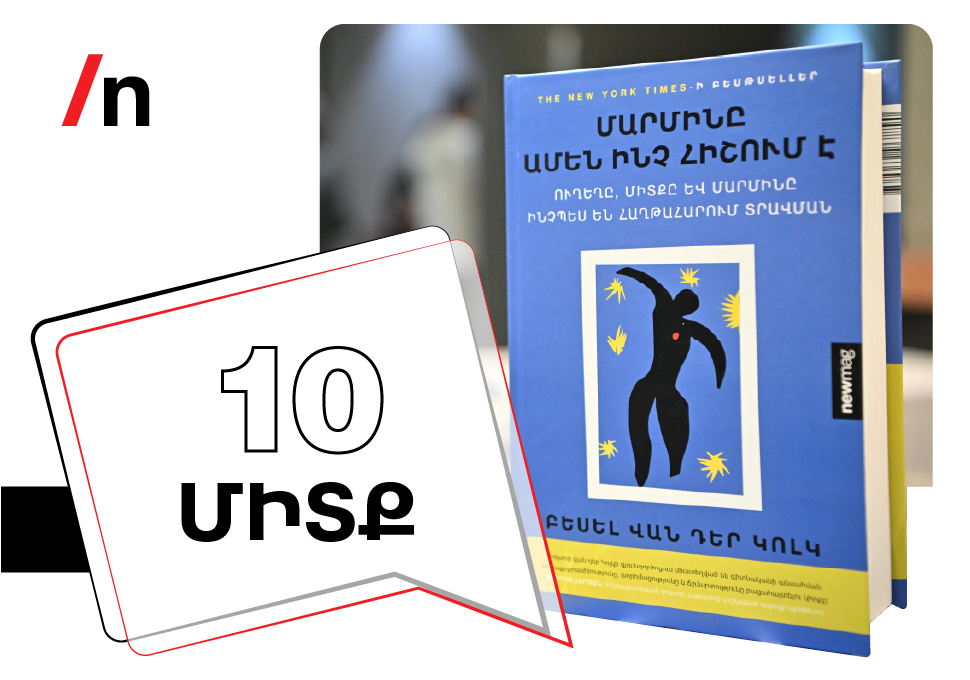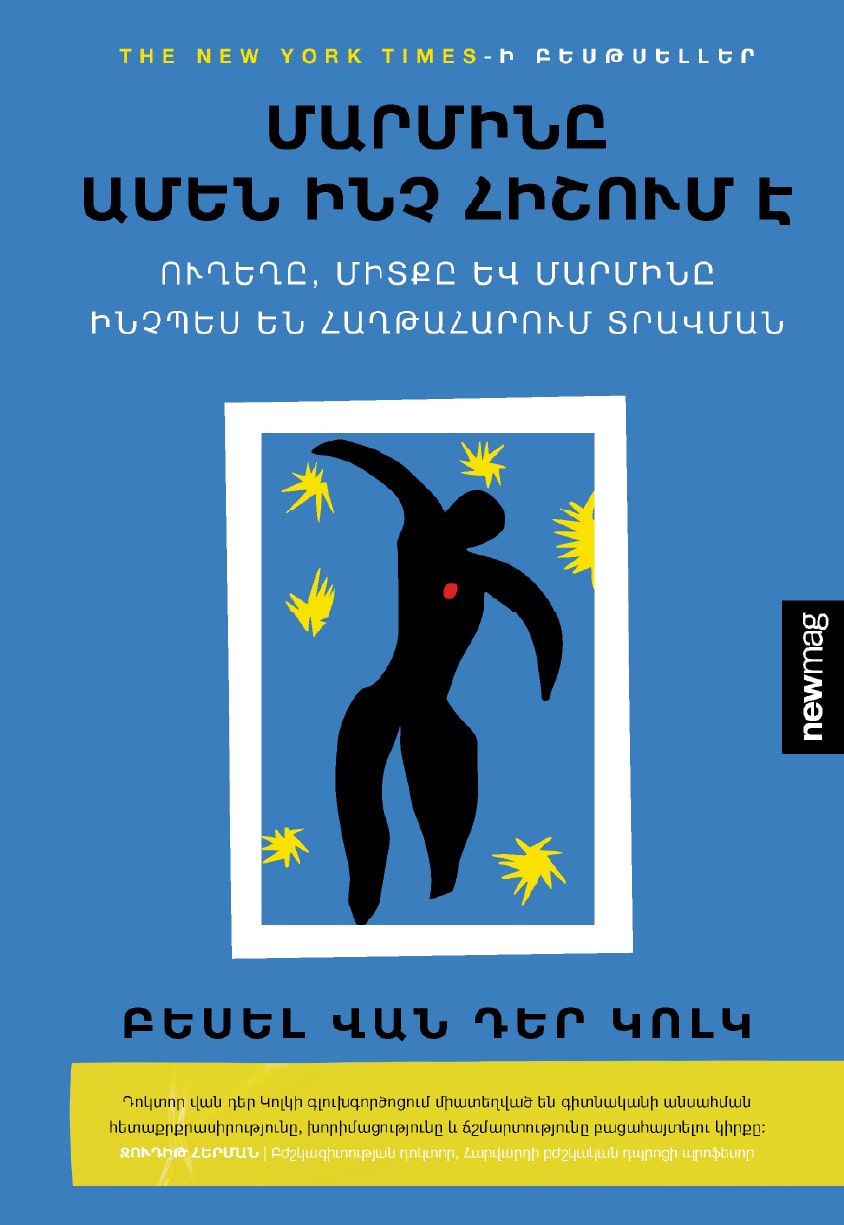10 Insights from the New York Times Bestseller “The Body Keeps the Score” (Video)
04/09/2025

Bessel van der Kolk’s “The Body Keeps the Score” is a remarkably in-depth exploration of trauma, combining decades of research, clinical experience, and scientific theories. While the title suggests that the book focuses on how the body retains traces of trauma, it offers much more, revealing how deeply traumatic events reshape the brain and influence behavior.
1. The Body Keeps the Score
Even when we try to leave trauma in the past, the brain’s survival mechanisms prevent us from fully rejecting it. The rational brain may attempt to move on, but the deeper, instinctual parts of the brain continue to react as if the trauma is still present.
2. The Persistence of Stress
Painful memories can resurface long after the traumatic event, triggering the release of high doses of stress hormones. This leads to intense negative emotions, physical discomfort, impulsive actions, and even aggressive behavior.
3. Physiological Changes
Trauma leaves lasting imprints on the body, including alterations to the brain’s alarm system, heightened stress hormone activity, and disruptions in the brain’s ability to filter out unnecessary information.
4. The Body Holds onto Trauma
For true healing to occur, the body must recognize that the danger has passed. Until then, it remains trapped in a state of hypervigilance, unable to fully engage with the present.
5. The Paradox of Pain Blocking
During moments of acute stress, the brain releases morphine-like chemicals that temporarily numb emotional pain. This is why some trauma survivors may find relief in high-stress situations, stress temporarily suppresses their underlying anxiety.
6. The Overlap of Past and Present
For a traumatized person, certain triggers can cause the brain’s right hemisphere to react as if the traumatic event is happening in real-time, blurring the lines between past and present.
7. Trauma’s Lingering Horror
Trauma does not seamlessly integrate into a person’s life story. Instead, it remains a separate, unresolved experience. Without proper healing, the survivor continues to live in the emotional landscape of the trauma, unable to fully return to the present.
8. The Power of Unpredictable Memories
Recurrent, vivid memories of trauma can be even more distressing than the original event itself. Unlike the event, which had a clear beginning and end, intrusive memories can emerge unexpectedly, disrupting life without warning.
9. The Danger of Isolation
While reliving trauma is terrifying, social isolation can be even more harmful in the long run. This is particularly true for children, who may withdraw from relationships, preventing their emotional wounds from healing.
10. The Long-Term Consequences of Trauma
Trauma survivors often fall into two patterns: hypervigilance, remaining constantly on edge and unable to enjoy life, or emotional numbness, detaching from new experiences and failing to recognize real danger when it arises.
Understanding trauma is the first step toward healing, and “The Body Keeps the Score” provides essential insights into the ways trauma affects both the mind and body.

Bessel van der Kolk
7800 ֏
Description
Trauma radically changes the structure of the human brain, disrupts the delicate balance of the nervous system and the body's physiological reactions. In his bestselling work, world-renowned psychiatrist Besselvan der Kolk explains why painful memories are not forgotten, how they manifest in the form of physical and emotional problems, and how to overcome their consequences. Through true stories and scientific research, the author presents innovative therapeutic approaches that will help each reader restore mental and physical balance.
Read also


Newmag Publishing Presents Two New Books on Armenia TV’s “Good Morning” Program (Video)

Paul Ignatius, the highest-ranking Armenian-American public official in US history, passes away at 104

Bonjour, Littérature! The third Francofest International Book Festival was held (photos)

